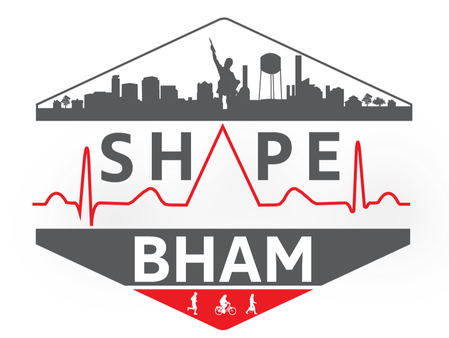Click below to visit the Birmingham Healthy Communities Assessment Tool Website
Healthy Community Assessment Tool (HCAT)
HCAT was developed by the U.S. Department and Urban Development to give cities a powerful tool to rank neighborhoods on a vast array of social and environmental conditions that impact community health. Thus, residents and other stakeholders are able to identify the relative quality of a neighborhoods health assets, such as parks, schools, public transit, and other services. The HCAT manual touts the neighborhood domains that they have established “have diverse institutional, civic, and business applications, including informing inclusive planning processes and public decisions, prioritizing public investments, tracking progress on social goals, and analyzing or evaluating projects, programs, and policy decisions.” Virtually all of the domains that are utilized in HCAT were also identified by residents and stakeholders during the meeting that we held in Summer 2016. Therefore, we feel that the tool is robust and relevant to our efforts.
Pulse Domains and Indicators
Birmingham is experiencing a renaissance: new construction abounds, and the energy is palpable. Furthermore, we live in a healthcare hub—one of the largest in the Southeast – and our proximity to the hub has been a catalyst for urban renewal and economic development. Nevertheless, no city can reach its maximum potential if it does not promote healthy, sustainable neighborhoods within its boundaries. Therefore, we are taking the “pulse” of Birmingham’s neighborhoods, to measure the vitality of each neighborhood, based on blight, public safety, transportation, education, and other important domains or other social determinants of health.
The Birmingham HCAT consists of 12 domains and 51 indicators, of which 41 are ranked. One domain may consist of various indicators that are related to, and correspond with, a broader topic. For example, educational opportunities is a domain, which may consist of the following indicators: adult educational attainment, high school graduation rate, preschool enrollment, reading proficiency, and school readiness scores. Each indicator, in this example, has a separate measure, but will be reported and evaluated under the same domain. Additionally, 17 of the indicators in the Birmingham HCAT are weighted. The weights were applied to indicators identified by residents and organizational stakeholders as having the most impact on their quality of life. This allowed the Birmingham HCAT to incorporate the qualitative data of the residents and organizational stakeholders with the quantitative data from the Shape Bham indicator values. Click on the Birmingham HCAT link to learn more.
The domains and indicators serve as metrics to determine the quality of life and overall health of Birmingham’s neighborhoods. These metrics will be used to guide practical, and data-driven policy and funding solutions to drive Birmingham to become a more inclusive, equitable, and healthy city.

